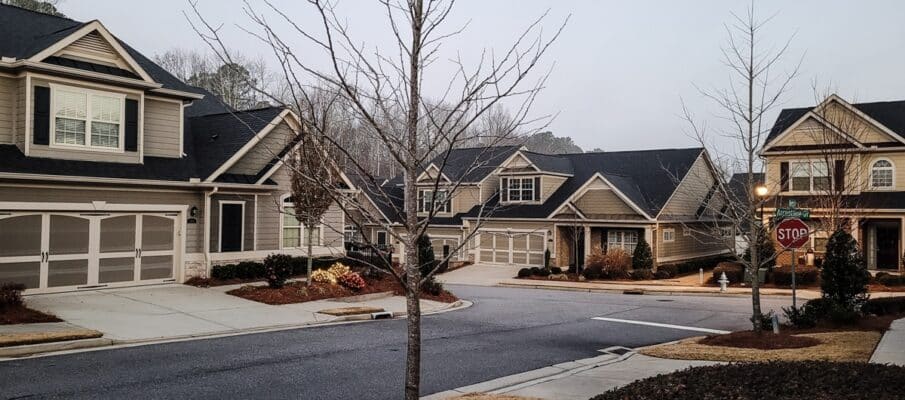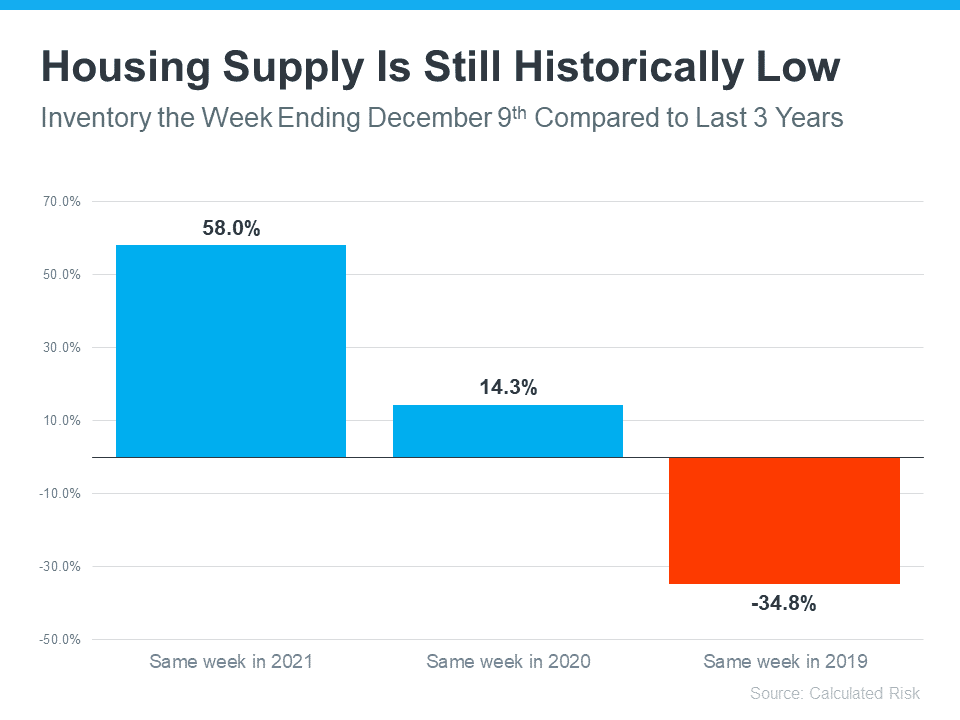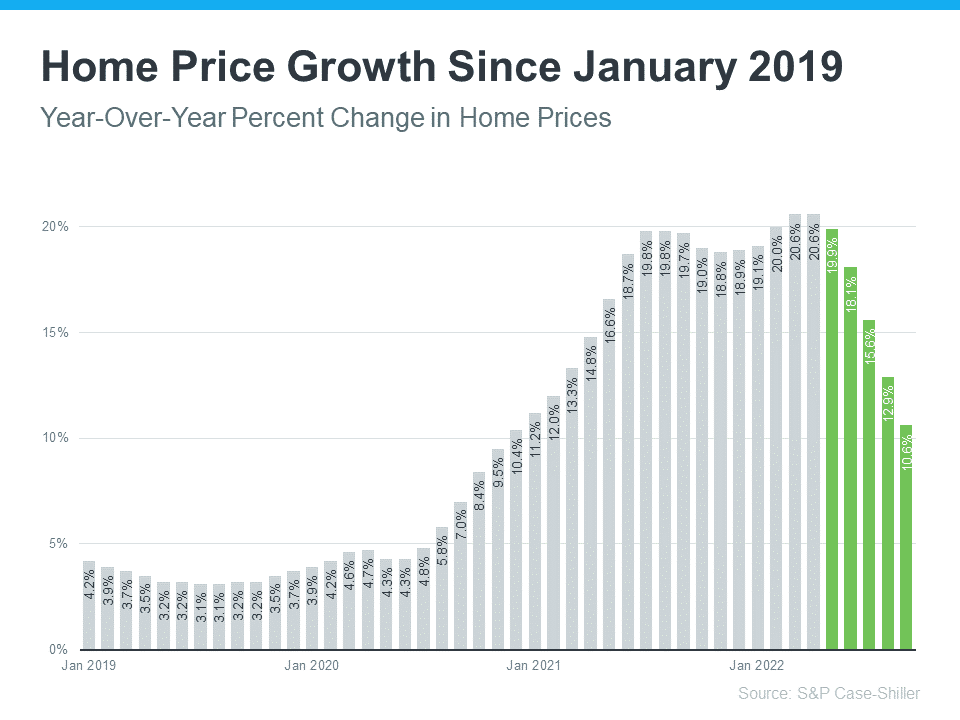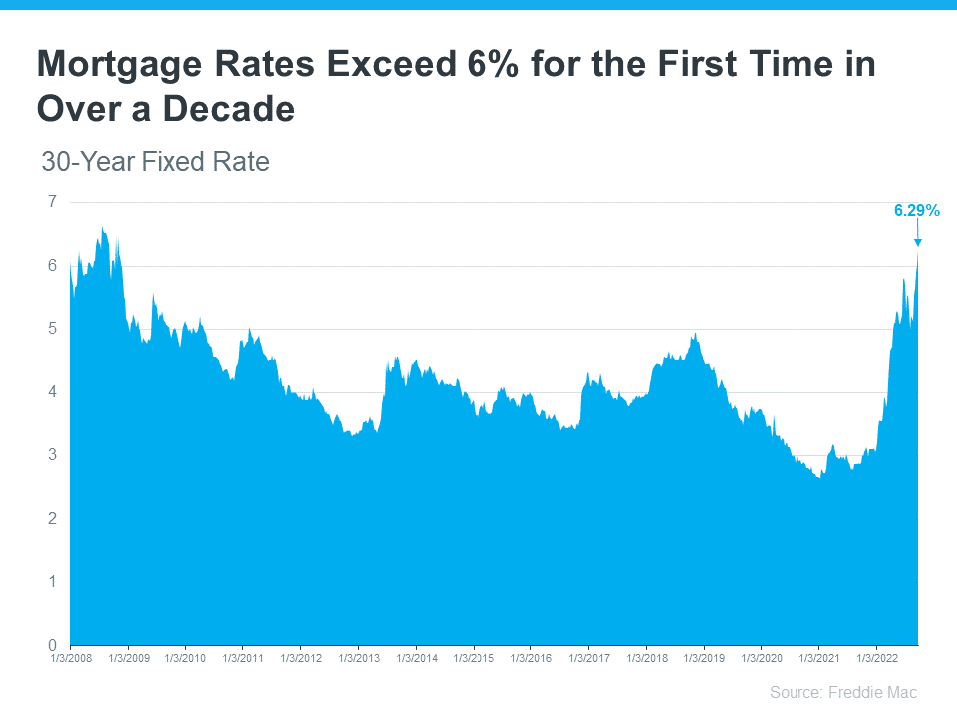What we’ve experienced in the housing market over the past two years were historic levels of demand and constrained supply. This fall, like in many other areas of the country, the real estate market slowed down in the Atlanta metropolitan area especially as mortgage rates have nearly doubled in the past year. In Dunwoody and Sandy Springs, the market is competitive, with moderate average sales prices, low average days on market, and an increase in homes for sale.
Key takeaways:
- The average sales price is up in Dunwoody and down in Sandy Springs
- Both Dunwoody and Sandy Springs saw a decrease in average days on market
- Months’ supply of homes in both Dunwoody and Sandy Springs increased
- Inventory was down in Dunwoody and Sandy Springs
- While the housing market saw demand taper due to mortgage rates, limited supply combined with competitive prices, made November a good time to sell.
Average Sales Price
In Dunwoody, the average sales price in November 2022 was $573,738 – a 4.1% increase over 2021. In Sandy Springs, the difference was more pronounced at $668,721 in November 2022 – a decrease of 8.7% over the average sales price in 2021.
Average Days on Market
Days on market is a key metric that shows the number of days from the date which a home is listed to the date the seller accepts a contract to sell.
Because homes generate the most interest when they’re new to the market, average days on market is an important metric for determining how competitive the market is. Homes that sell quickly indicate a high demand for the property.
In Dunwoody, the average days on market was 19 in November 2022 – a 13.6% decrease since 2021. In Sandy Springs, the average days on market was 31 in November 2022 – a decrease of 11.4% since 2021. Smaller numbers like these indicate a more competitive real estate market with limited supply and high buyer demand.
Months’ Supply of Homes for Sale
Months’ supply of homes for sale illustrates the supply and demand in a housing market. Assuming no new homes are listed for sale, months’ supply estimates how many months it would take for all the homes that are currently listed to sell.
In Dunwoody, the months’ supply of homes for sale in November 2022 was 1.5, which is a 275% increase since 2021. In Sandy Springs, the month’s supply of homes for sale in November 2022 is 1.9, a 46.2% increase since 2021.
Homes for Sale
In November 2021, the homes for sale in Dunwoody were 18, which was a 69.5% drop since 2020. The inventory is starting to improve with November 2022 showing 55 homes for sale, a 205.6% increase since 2021.
The market is similar in Sandy Springs. In November 2020, there were 302 homes for sale, which dropped to 140 in 2021 – a decrease of 53.6%. In 2022, the homes for sale increased to 152, which is 8.6% higher than 2021.
Pending Sales
Typically, it can take anywhere from 15 to 60 days for a home to close after it has gone under contract. Pending sales can indicate where buyers are shopping and what types of homes are selling – useful information for other buyers and sellers.
In Dunwoody, November 2022 showed 19 pending sales, which is a 36.7% decrease since 2021. In Sandy Springs, there were 45 pending sales in November 2022, a 53.1% decrease since 2021.
Key Takeaways
Despite surging mortgage rates that cooled buyer interest and lowered demand, it remains a seller’s market with relatively high demand, limited supply, and competitive sales prices. So, while the market has shifted, the Dunwoody and Sandy Springs markets remain strong.







